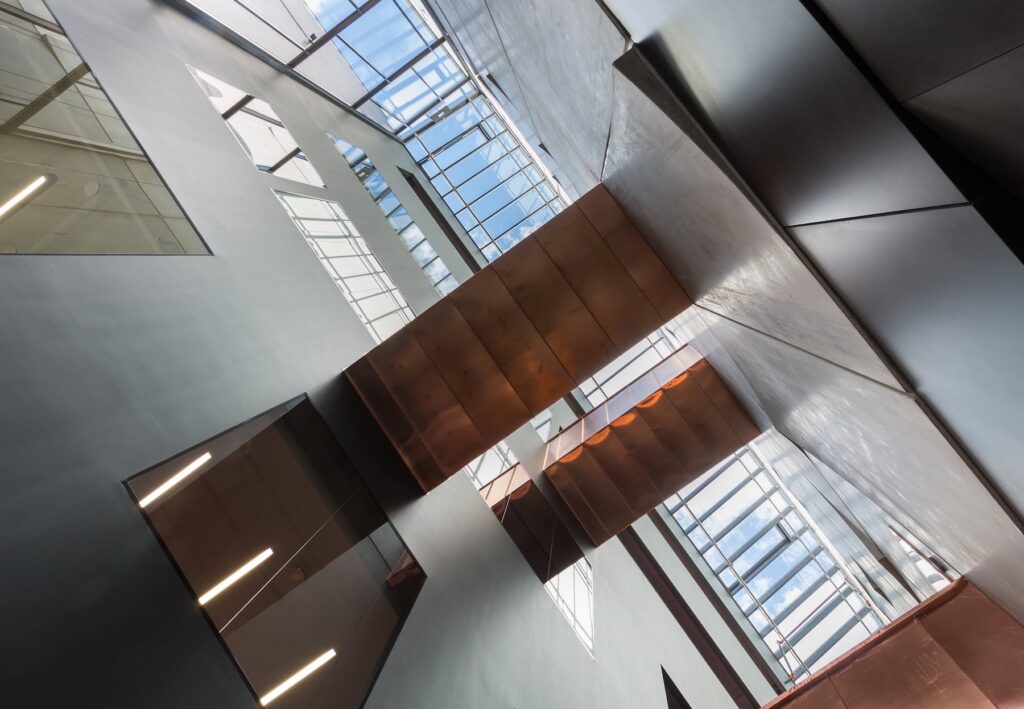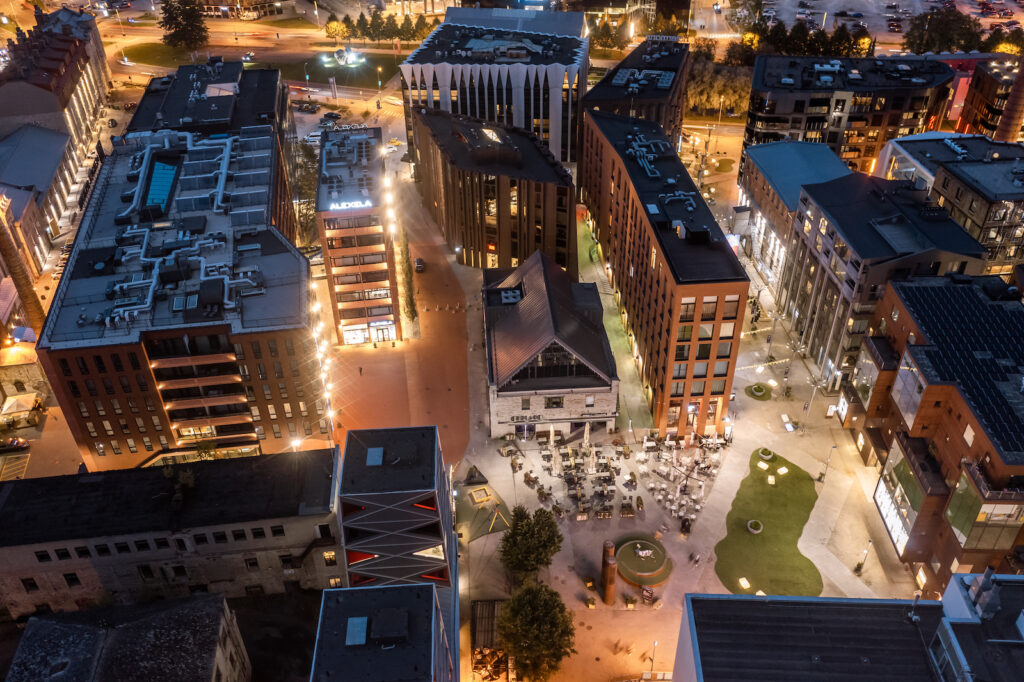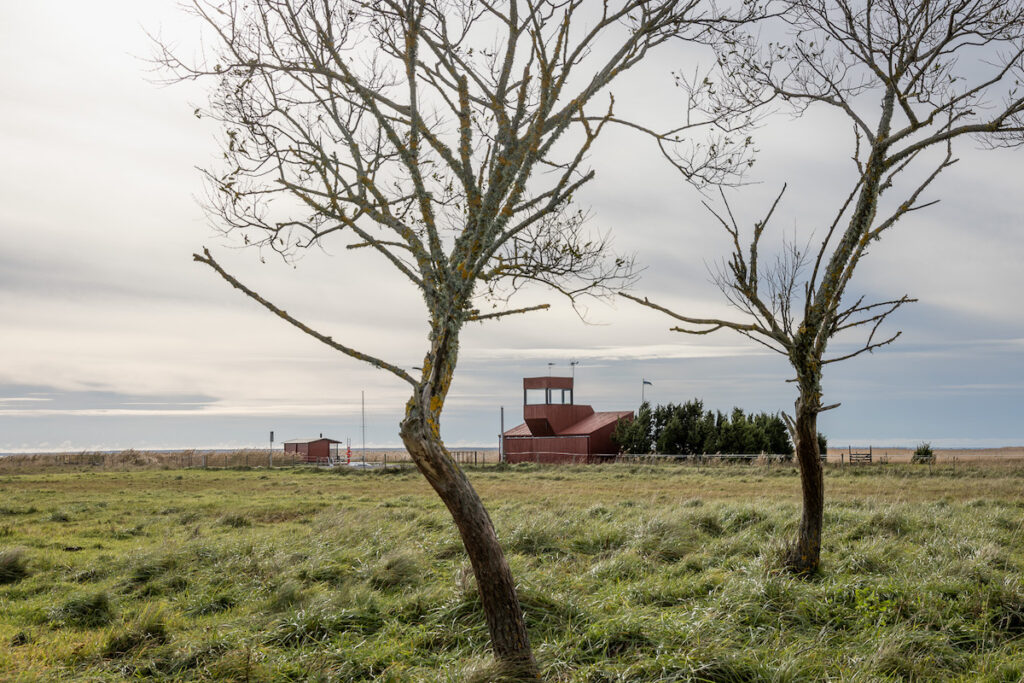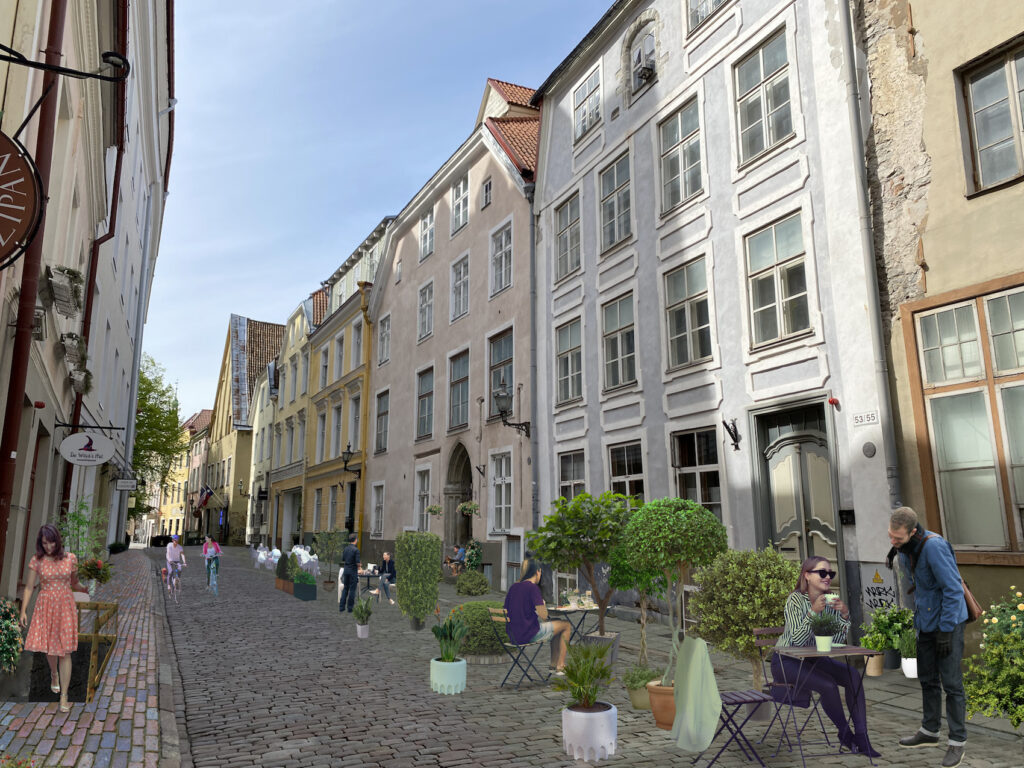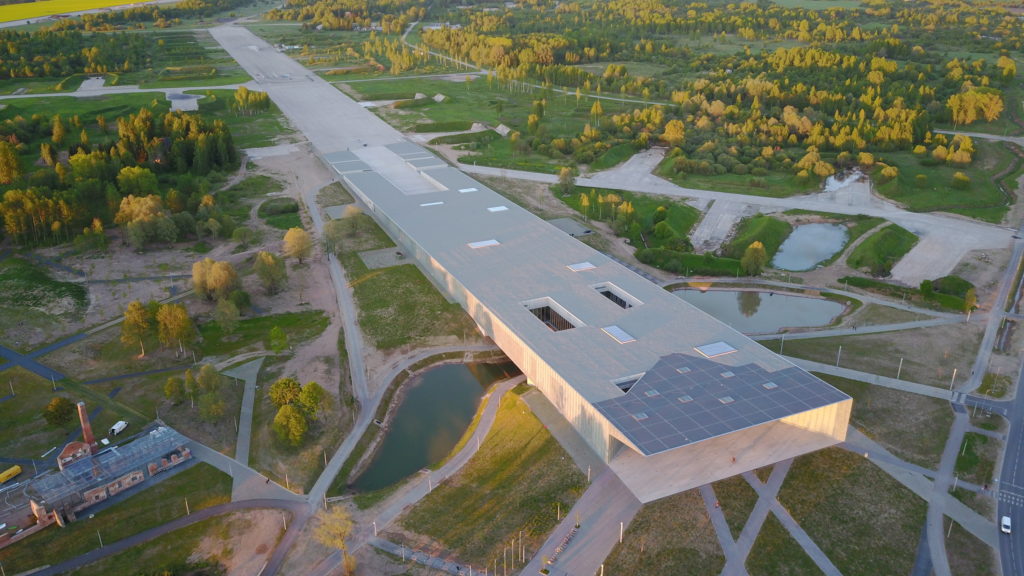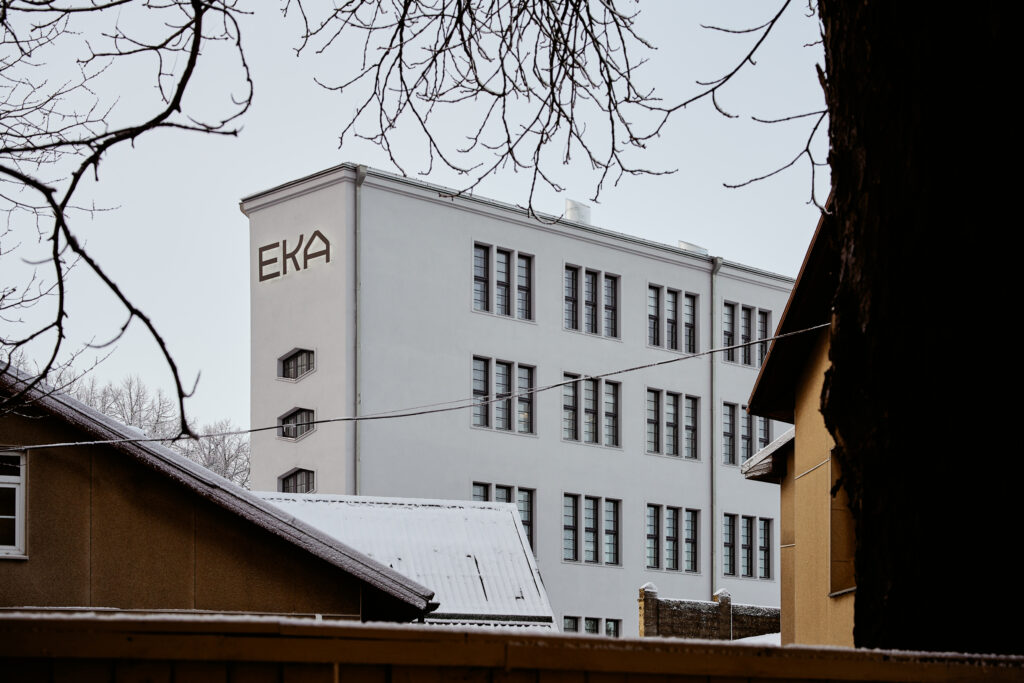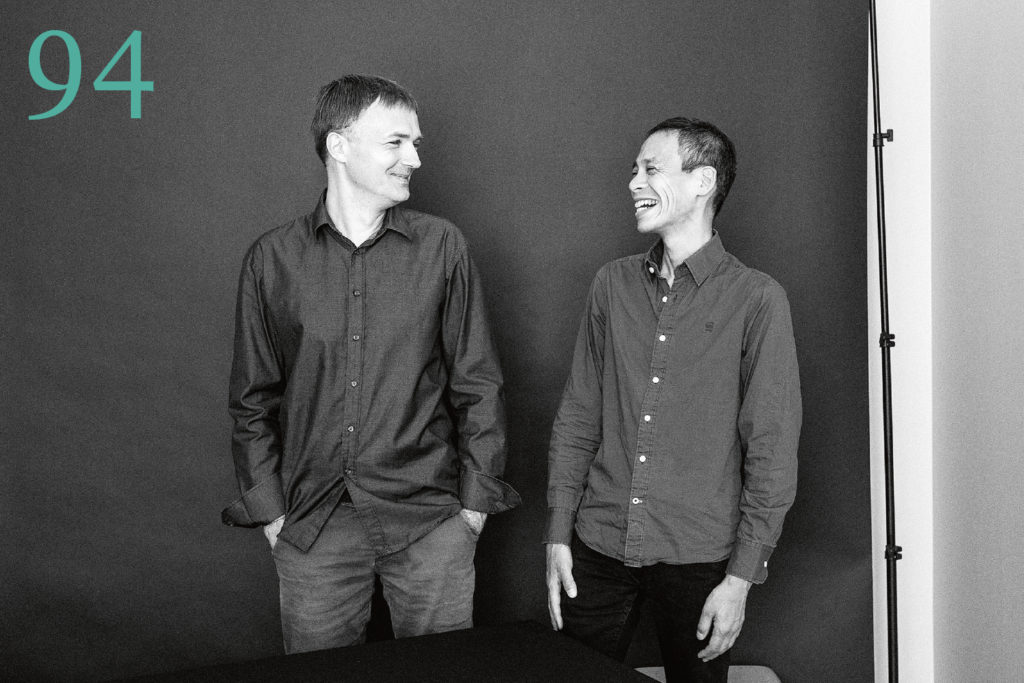In the past years we have seen the state’s increased interest in and expectations for interior design solutions as a conceptual whole. In order to discuss what we have achieved and where to proceed, the chairman of the management board of the Estonian Association of Interior Architects Pille Lausmäe-Lõoke was joined by the State Real Estate architect and former vice-president of the Estonian Association of Architects Kalle Komissarov and the spatial design project manager Kristiina Vasar.
The Rotermann Quarter was the first ambitious attempt in independent Estonia to create a comprehensive and architecturally high-level urban space. 20 years have passed since the confirmation of the zoning plan that underlies the development of the area. Urbanist Mattias Malk examines what lessons could be drawn from the formation of this emblematic and groundbreaking space.
Indrek Allmann discusses landward- and seaward-facing small harbours.
The Urban Forum held on June 14th–15th was looking for the subtle balance between the activities of visitors and locals as well as the old and the innovative new.
Rotermann Quarter stands out for the diversity of its new-builds and reconstructed former industrial buildings. There is probably no other area in Estonia awarded with as many prizes as this one. Mathilda Viigimäe and Kristi Tšernilovksi shed light on the architectural development of Rotermann Quarter.
This issue of Maja is dedicated to the 30th anniversary of the Estonian Association of Interior Architects.
Andres Sevtsuk is a Professor of Urban Science and Planning at the Department of Urban Studies and Planning at MIT, where he also leads the City Form Lab. Maroš Krivý is a professor of Urban Studies at the Estonian Academy of Arts.They shared their insights on current state and challenges of Estonian architecture.
For three consecutive summers Paide central square has provided a collaborative platform for locals, participants of the Opinion Festival and municipality to find the best possible joint space for the community.
Love is emanating from this building. The new building of the art academy on the edge of Kalamaja in Tallinn has architecture which is carefully thought through and gives a positive boost to the future of Estonia’s principal institution providing higher art education.
It seems that in architecture, the only way to ensure high quality is to rely on commitment, consideration and precision. Tomomi Hayashi and Hanno Grossschmidt do their work in a composed manner with professionalism and commitment. And their architecture speaks for them.
No more posts

